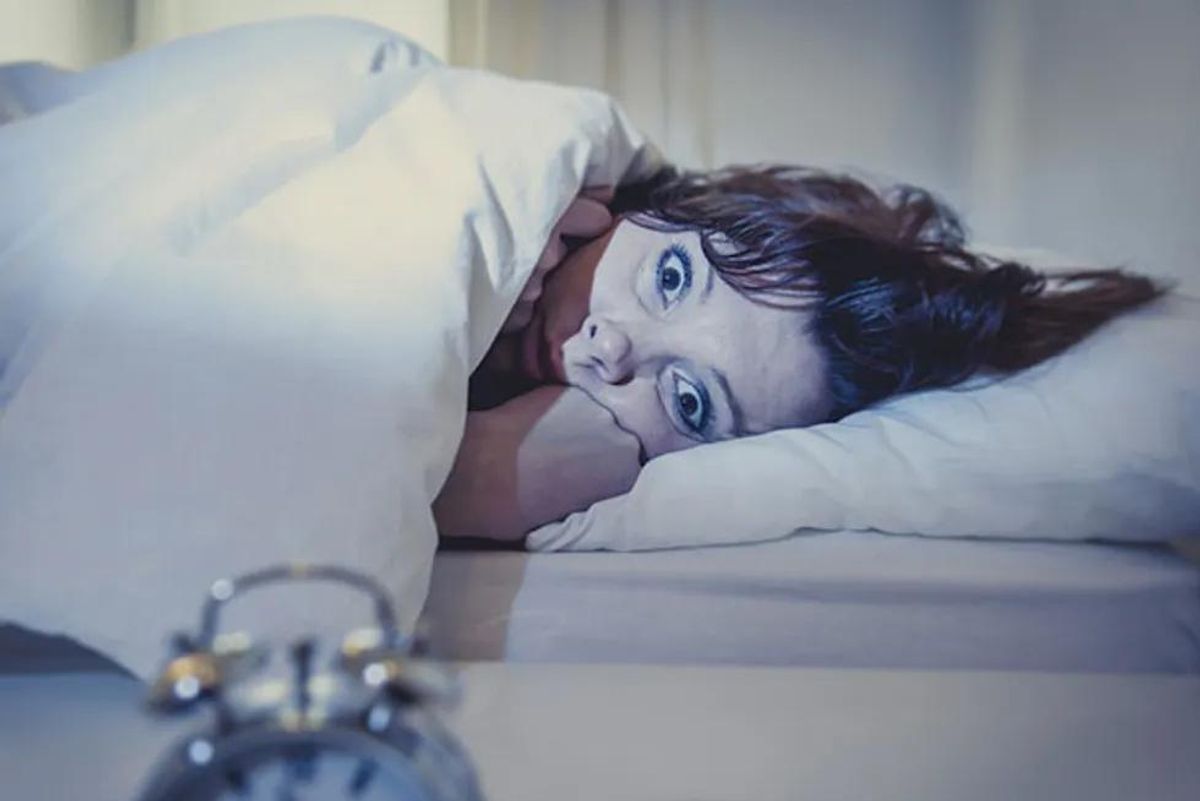Having trouble sleeping? You're not alone. According to the National Institute of Neurological Disorders and Stroke, at least 40 million Americans suffer from long-term, chronic sleep disorders each year. And an additional 20 million have occasional sleeping problems. Find out about the four most common sleep disorders below.
Restless Legs Syndrome (RLS)
About one in 10 adult Americans has RLS, says the National Sleep Foundation. RLS is an unpleasant sensation where you have pains and aches in your legs that make it hard to fall asleep. The Cleveland Clinic says that when you have RLS, you have an intense, often irresistible, urge to move your legs. People with RLS may want to walk around and shake their legs to help them feel better.
RLS is brought on when you sit for a long time, such as at the movies or driving, or when you're resting, such as while lying in bed. Typically, it happens at night. Symptoms include irritability, difficulty concentrating and daytime sleepiness.
Narcolepsy
Narcolepsy is a neurological disorder impacting your control of wakefulness and sleep. People with narcolepsy, the National Sleep Foundation says, sleep a normal amount but can't control when they sleep. Narcolepsy can occur at any age but typically starts from ages 15 to 25 and affects both sexes equally. It's often undiagnosed and therefore untreated. Why? Because people often don't feel like sleepiness means they have a disease. So, they go through years of daytime sleepiness before seeking treatment.
The main symptoms of narcolepsy are excessive daytime sleepiness, such as falling asleep while driving, eating or speaking. This happens even after a full night's sleep. People with narcolepsy also experience cataplexy, which is a sudden loss of muscle tone, that's usually triggered by an emotion like anger, surprise or laughter.
Insomnia
Insomnia is the inability to fall asleep or stay asleep. The Cleveland Clinic says about 50 percent of adults have insomnia occasionally (lasting from one night to a few weeks), known as acute or adjustment insomnia. One in 10 adults have what's called chronic insomnia, where someone has insomnia at least three nights a week for a month or longer. It can happen on its own or be linked to psychiatric or medical conditions.
The National Sleep Foundation says that people with insomnia have one or more of the following symptoms:
- waking too early in the morning
- difficulty falling asleep
- unrefreshing sleep
- low energy or fatigue
- difficulty staying asleep
- difficulty concentrating or other cognitive issues
- impulsiveness, aggressiveness or other behavior problems
- difficulty in relationships with friends or family
Sleep apnea
The National Sleep Foundation says that more than 18 million American adults have sleep apnea. Here, people make "snorting" or occasional gasping noises, which causes them to momentarily stop sleeping, says the Centers for Disease Control and Prevention. Left untreated, sleep apnea can cause you to stop breathing in your sleep, making it a potentially serious sleep disorder.
There are two types of sleep apnea, obstructive and central.
Obstructive sleep apnea (OSA) is the more common type. It's caused by an airway blockage that usually happens when the soft tissue at the back of the throat collapses during sleep. Symptoms include daytime sleepiness, fatigue, snoring, difficulty concentrating, restlessness during sleep and gasping for air while sleeping. It can cause low blood oxygen levels and fragmented sleep. These conditions can lead to heart disease, memory problems, high blood pressure and other health issues.
Central sleep apnea (CSA) is less common than OSA. Here, the brain doesn't tell your body to breathe, but the airway isn't blocked. Your breathing stops and starts repeatedly during sleep, says the Mayo Clinic. Some symptoms include insomnia, changes in mood, morning headaches, difficulty concentration and shortness of breath relieved by sitting up.
Diagnosing a sleep disorder
Talk with your health care provider if you think you have a sleep disorder. You may be referred to a sleep specialist and undergo a sleep study that analyzes what's happening while you slumber. Then you and your health care provider can devise a treatment plan that's right for you.







